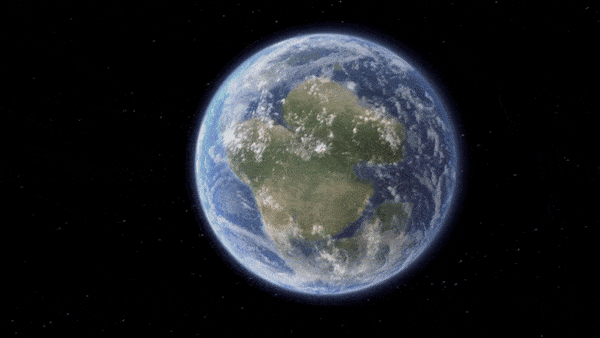When you purchase through links on our internet site , we may earn an affiliate charge . Here ’s how it works .
Creating a continent
The land mass called North America is actually pretty young , becoming something close to its current incarnation less than 200 million year ago . Before then , the continent was called Laurentia on its journey back and away across the equator , as it join and was separated from supercontinents . Over billion of geezerhood , whether Laurentia or North America , the continent took its form through many spectacular collisions and monumental falling out . Here ’s a walk through the geologic history of North America .
Prehistory
The central core of present - day North America is its craton , the oldest , thickest part of the continent . While parts of the craton peek out in Greenland and Canada , in the U.S. , thick layer of aqueous rocks keep most of these ancient assemblages under wrapper in the eye of the continent . The rocks here are more than two billion years old in places , andwere forgather through metre as smaller microcontinents and terranes , or fragment of crustal cloth , crashed together . About 750 million year ago , the craton , then appoint Laurentia , was part of a supercontinent calledRodinia . After Rodinia sherd , Laurentia drifted almost to the South Pole !
A brief respite
By 542 million yr ago , when complex living forms abruptly appear in the fossil record all across the planet , Laurentia was surrounded by ocean and passive margins on all face . Like today ’s East Coast , a peaceful margin has no active hit or boundary between two of Earth ’s tectonic plate .
Mountain building
The continent ’s brief Cambrian respite ended in the Ordovician , when an island concatenation slam into the East Coast , grow mountains from Greenland to Mississippi . At the metre , the Appalachians were as tall and sensational as the Himalayas are today . A interchangeable hit in the Southwest about 370 million years ago distort rocks throughout what is now Utah and Nevada .
Supercontinent!
The supercontinentPangaeaincluded almost every giant land mass on Earth . As these pieces of continent crashed together 300 million years ago , mountains keep to ascend along what is now the East Coast .
Birth of North America
The Atlantic Ocean open 200 million years ago , pushing North America westward . As the continent rifted by from the supercontinent Pangaea , it finally earned the name North America .
Building the West
As the East Coast settled down into a passive margin , with no active architectonics , thing were heating up in the West . The widen Atlantic Ocean pushed the continent over the Panthalassa Ocean , precursor to today ’s Pacific . Geoscientists debate the timing and position of subduction zones along western North America . Did it front like today’sAndes or like Southeast Asia ? Either way , oceanic crust started to disappear as the continent shift around . alien island chains slammed into the western edge , adding to North America ’s breadth .
San Andreas starts up
When North America gobbled up the boundary between the Farallon and Pacific pelagic plates , its western perimeter careen from a subduction zone to a transform boundary . This marks the beginning of theSan Andreas Fault , which moves side - by - side . With the sudden shutdown of the gargantuan conveyor belt grinding against its allowance , the continent relaxed , and the Basin and Range province open in the Southwest . The last fiddling bits of the Farallon plate stay off the Washington and Oregon coast , and further south , near Central America .



























